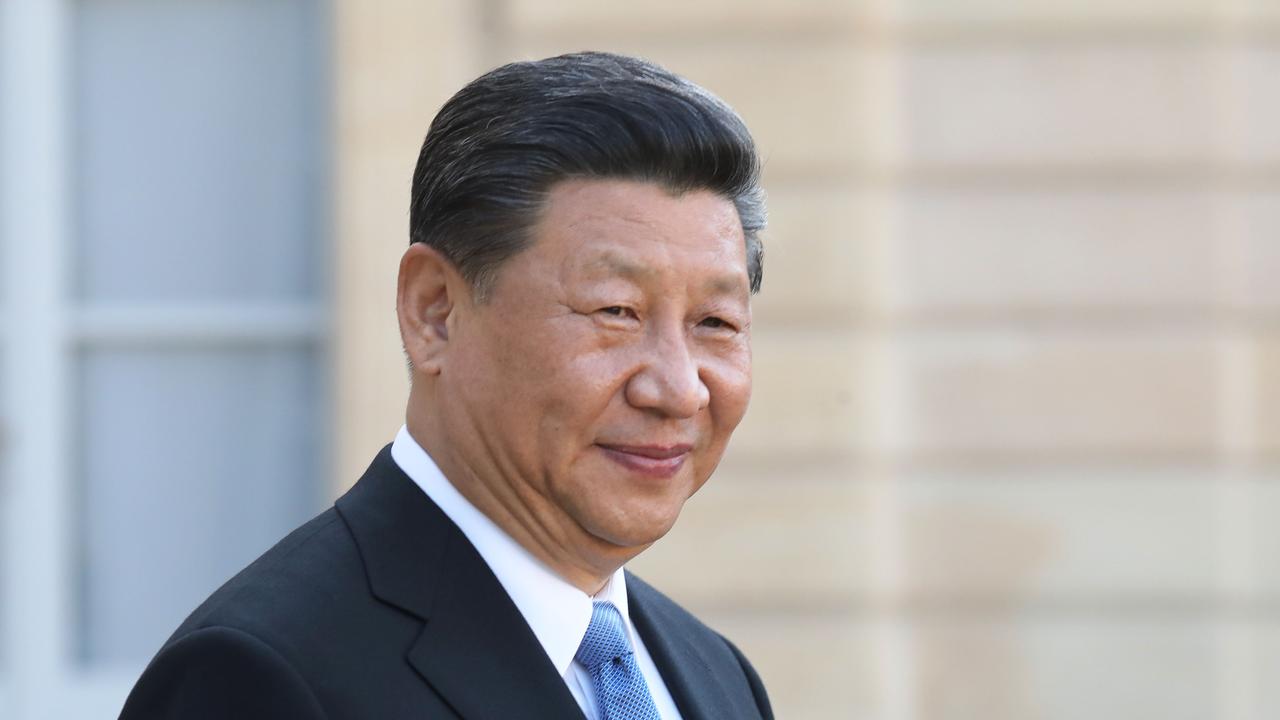Jerome Powell frontrunner for Fed Reserve chair but don’t bet on it
History suggests it is tough to make money from betting on a new chairman’s hawkishness or dovishness.

US President Donald Trump’s The Apprentice-style hiring process for the Federal Reserve chair is due to end this week, and it looks like the message to Janet Yellen is: “You’re fired!”
Jerome Powell, a Fed governor, is the leading candidate to take the world’s leading economic job — and he isn’t an economist.
Investors following the process have been raking over the past pronouncements of the five main candidates, in an effort to understand the direction of Fed policy over the next four years. History suggests it is tough to make money from betting on a new chairman’s hawkishness or dovishness, even if you knew who it was going to be.
Political betting site PredictIt has Mr Powell’s chances at 80 per cent, Ms Yellen at 8 per cent and academic economist John Taylor at 7 per cent. Outsiders include former governor Kevin Warsh; Federal Reserve Bank of Minneapolis president Neel Kashkari; and Gary Cohn, Mr Trump’s top economic adviser.
Assuming you knew who the President would pick, the most obvious ways to make money would be bets on the direction of Treasury bonds and the dollar, and perhaps inflation-sensitive gold. The clearest example of bets on a Fed chair was in August 1979, when Jimmy Carter appointed the hawkish Paul Volcker in a sharp break with his predecessor during the inflationary 1970s.
Investors expected Mr Volcker to tackle runaway inflation with tighter monetary policy, meaning higher short-term rates, and they were right. But after his appointment, many bet that a Fed chair committed to bringing down inflation meant lower long-term bond yields, a lower gold price and a stronger dollar. They made money for about two weeks, before being crushed.
As inflation soared, Mr Volcker stayed true to forecasts, and short-term rates peaked at 22 per cent, the highest ever, pushing the US into double-dip recessions. Contrary to the expectations of investors, bond yields also jumped. The 10-year reached almost 16 per cent in 1981, and far from falling, there was a bubble in the price of gold.
Gold was at $US304 on the day Mr Volcker was nominated and fell to $US282 as investors bet on his hawkishness. Just five months later gold had nearly tripled to $US835, the dollar was weaker and the early Volcker trade was dead and buried.
Mr Volcker’s appointment was a case of investors getting the policy positioning of the new chairman right, but their bets on what that meant for asset prices wrong, at least over the next few years.
Alan Greenspan’s selection was a quite different matter. Conservatives welcomed his appointment in 1987, thinking he shared the hawkish inflation-fighting mindset of Mr Volcker.
The main point of difference was Mr Greenspan’s willingness to support financial deregulation, something now espoused by Mr Powell.
Mr Greenspan does seem to have started out hawkish, raising new concerns about inflation at his first Fed policy meeting, according to the transcript. But his hawkish credentials lasted just two months, until the Black Monday stock market crash of October 1987. The new Fed chairman said the central bank stood ready to “serve as a source of liquidity” — thus ushering in the infamous “Greenspan put”, the idea that the Fed would step in to support markets in a crisis.
A repeat after the Russian default and Wall Street chaos of 1998 helped fuel the final stages of the dotcom bubble, and many believe Mr Greenspan pushed up rates too slowly and too predictably during the 2000s, contributing to the excessive risk-taking that ended in the 2008 crisis.
Investors might have been wrong about Mr Greenspan’s commitment to tight money, let alone his devotion to the views of right-wing novelist Ayn Rand, but they were right about his support for financial deregulation.
By the time Mr Greenspan left office in 2006, the US financial sector was up 653 per cent since his 1987 appointment, gaining more than double the 319 per cent of nonfinancial stocks, according to Thomson Reuters Datastream.
Deregulation and easy money had sown the seeds of a crisis few foresaw, however, and Mr Greenspan declared himself in “a state of shocked disbelief” after the banking system imploded in 2008.
We can tentatively say two things about Mr Powell, assuming he is appointed: he will be friendlier to Wall Street than Ms Yellen, and he will take a similarly dovish approach to monetary policy.
In the short run, less red tape will support bank stocks a bit, but banks surely won’t return to their wild pre-crisis leverage any time soon.
Equally, a continuation of Ms Yellen’s cautious approach to rate increases will avoid shocking the market, while leaving unchecked the danger that a bubble develops in the already expensive stockmarket.



To join the conversation, please log in. Don't have an account? Register
Join the conversation, you are commenting as Logout